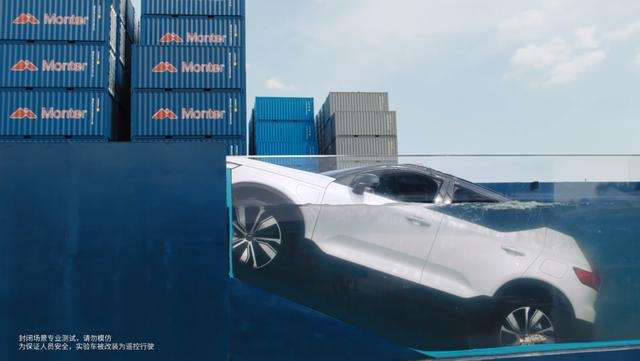This article is reproduced from Autocar Weekly official account.
Author: Joey
In this era, how to do car marketing is a problem that almost all manufacturers are facing. Some brands prefer to create a big scene, while others want to promote their products in a more thorough way. Some focus on user-oriented operation, while others hope to use hot topics that are not directly related to their products to create a buzz for themselves.
But what exactly is successful marketing? In my opinion, in 2021, Volvo has found the most suitable marketing path for itself.
Someone once talked to me about Volvo and said: it has been so many years, and the only selling point of its products is still safety. Without safety, Volvo seems to have no other bright spots. After all, in the current automobile industry, a comprehensive strength is necessary for manufacturers to compete effectively.
The goal of this comprehensive strength is to create cars that have no shortcomings. For example, if you want to compete in the luxury car market, you need to focus on driving performance, while outside of driving performance, you need to provide comfort, technology, design, and cost-effectiveness to attract consumers. In short, you need to be good at everything and have bright spots in every aspect. This is the only way for a product to be accepted by the market and become successful in marketing.
However, I still remember a veteran communication officer who worked in a domestic automobile brand for more than ten years. During a chat, he lit a cigarette and tapped my shoulder. He told me: “Old Joe, marketing cannot solve all problems.”
I agree with him on this point. After all, there are too many factors that consumers need to consider when buying a car. It is impossible to create a car that satisfies everything. Even if such a car can be created, it seems that nothing can be satisfied well. Therefore, there will always be shortcomings. The key to successful marketing is to maximize the advantages of the product and attract as many consumers as possible.
Volvo has been following closely behind BBA in the luxury car market for many years, and seems to have no shortcomings in any aspect. This can be seen from the rapid transformation of Geely Automobile and its sub-brand Lynk & Co. after the acquisition of Volvo. However, for a long time, its marketing has been closely related to safety, creating the impression that Volvo is a solid brand but seldom able to surprise people.
But is safety really a disadvantage? Obviously, a safe car is what people love and are willing to accept most. However, it’s like your parents constantly nagging in your ear. You know they’re right, but you need a more lively way to accept it.
And in 2021, Volvo did the right thing by choosing a better way.
Winner of Early Mindshare
Volvo’s marketing has always been impressive and unforgettable.When I was still sitting in my engineering mechanics class, my teacher once shared with me an impressive story about Volvo. It originates from an advertisement that Volvo did many years ago, where they positioned a container on top of their product to test its exceptional structural pressure resistance and vehicle rigidity.
Apparently, this advertisement had a huge visual and emotional impact on the pioneers of the older generation in the automotive industry at that time. This created an inherent concept that Volvo is “hard” in their minds. They then passed this concept on to their students for generations to come. Without a doubt, in an era where advertising and marketing in China had not yet formed a concept of diversity, this kind of advertising undoubtedly marked a tremendous victory in occupying user’s hearts and minds.
Afterwards, Volvo’s advertising began to become serialized and gradually became its own brand symbol. In 1990, Volvo took a photo of a car that was severely damaged by front and back collisions, but had an intact body, and set it up as a print ad with the slogan “We design every Volvo to look like this”. Meanwhile, Volvo also has the world’s least attractive car lovers organization – the Volvo Miracle Club (whose members have survived serious traffic accidents thanks to Volvo’s strong safety performance).
Undoubtedly, the initial intention of such advertising is impeccable, but for some people, including myself, the problem I consider after receiving and understanding this information is no longer about choosing between Volvo or other cars, but a question of “to be or not to be”. After all, the weight of life cannot be borne, and it brings not a question of who to choose to drive on the road, but a question of whether or not to drive on the road.
However, times have changed, and so has the demands for advertising. Naturally, Volvo has also adopted a new way of communication, which once again grasps the pulse of the times.
The heavy Volvo has made its steps lighter in terms of communication.
About two years ago, a Swedish friend of mine asked me about buying a used car. At that time, his focus was on how to choose a suitable car from products such as Toyota, Volkswagen or Skoda. But my focus was, as a Swedish person, don’t you have to consider Volvo when buying a car in Sweden? And his answer to me was that he did not know about Volvo.Obviously, not only this Swedish engineering student is not familiar with Volvo. In fact, people’s impression of Volvo products is very limited. They are from the Nordic region and produce safe and luxurious cars. But what makes them so good? Actually, not many people can systematically explain it. Therefore, if Volvo wants to achieve a breakthrough in marketing communication, it must break through the traditional communication model and use more direct, interesting, and easily accepted ways to spread its messages.
After that, we all know what happened. In the middle of 2021, Volvo released three very shocking and interesting marketing videos. From the XC40 pure electric version that was immersed in a fish tank and finally drove out safely, to the “Highrise Stacking Fun” where President Yuan Xiaolin played stunts, standing on 6 Volvo cars suspended in the air to show the body strength; and to the Children’s Day video “Kids Drive Volvo” where children controlled the XC60 to overcome various obstacles to showcase the vehicle’s active safety performance. This series of videos opened the prologue of Volvo’s visual impact communication.
In fact, there have been such impactful videos in previous years, such as Volvo Trucks once let Jean-Claude Van Damme ride a split on a racing truck, perfectly demonstrating the combination of strength and beauty.
Through these interesting marketing videos, Volvo has spread the sealing advantages of the XC40 pure electric battery, the super strong body stiffness of the Volvo cage body, and the leading active safety technology of Volvo, providing not only safety but also driving pleasure.
This series of communication activities also conforms to several important concepts in the communication of Liu Peng, the Vice President of Volvo Car’s Greater China Sales Company, which are “product hardening, interpretation deepening, and visual shock.”
In Liu Peng’s view, Volvo’s own products have many hardcore technologies, but knowing it is not enough. Users must be able to understand it through the in-depth interpretation of media platforms; more importantly, through the shocking visual effects, users can remember it better.
In my opinion, what is more important and worthy of appreciation is that Volvo has found a more lightweight way to solve the problem of heavy communication. They correctly say what is already correct in the right way. The advantage of doing this is that it does not make the original theory more correct, but makes it easier for people to accept and remember.Actually, this pursuit of a stunning promotion model has been around for some years. For example, Jaguar, which is in the same brand camp as Volvo, has conducted a series of stunning promotions in recent years. For example, 360 air somersault, 360 wheel crossing, and tightrope walking. Obviously, for more consumers, the stunning nature of these promotions is beyond doubt, but practicality needs to be considered.
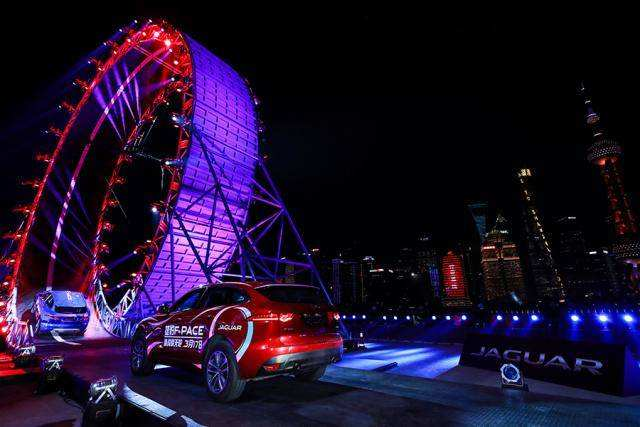
After all, no one can expect to do an aerial leap when stuck in traffic, and there’s no way to drive on a clothesline when there’s no other way out. After all, the purpose of marketing is not only marketing but also efficient communication of effective information. And a light-handed approach is undoubtedly the best way.
Choosing peers is a proactive action
Marketing is not just about spreading through visually striking videos, after all, such dissemination is phased and not very sustainable. Choosing peers is obviously a more sustainable way. In fact, finding endorsers and partners is a common method in many corporate marketing processes.
The addition of traffic and fan heat will quickly increase the exposure rate of a product in a specific circle and trigger a certain degree of purchasing frenzy. Let’s take the recent A7L of SAIC Audi as an example. It chose a star with a huge following to endorse the brand. And his fans have started to choose SAIC Audi products as their own cars.
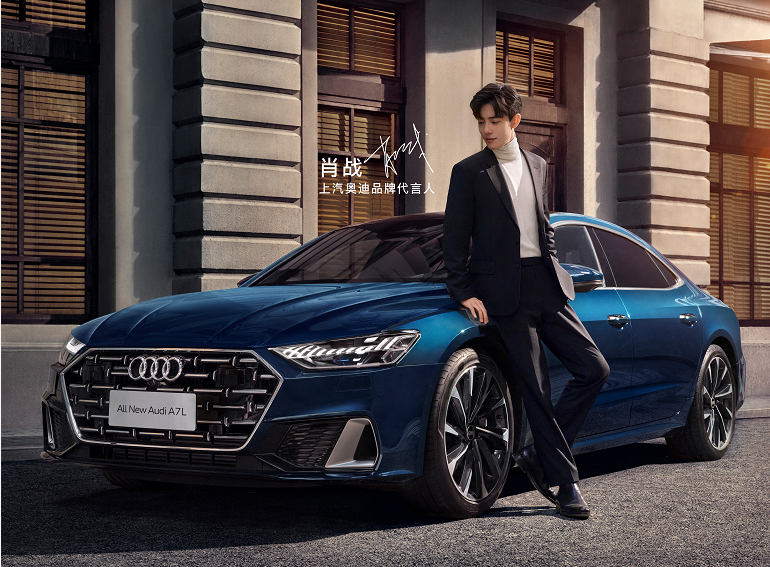
But if anyone can find the best way to find endorsers, the Volvo “National Goddess”, Gao Yuan Yuan, renowned cultural scholar Xu Zhiyuan, and the “Lawless Frontier” Luo Xiang who is popular on Bilibili, are my approved choices.
If you think that choosing them is just because of their massive following, you’re not entirely wrong either. But more importantly, Volvo chooses to walk with each of them, clearly conveying the brand and product characteristics that Volvo wants to promote.
They can represent exquisite and elegant design, intellectual and calm brand temperament, rigorous and standardized car-making technology, and safety. And for every ordinary consumer, including myself, they can find endorsers they like from their own favorite directions.
In Liu Peng’s view, Volvo’s brand is upward-oriented. The flow carried by the endorsers is not the priority, and it’s more important to choose people who share the same values and concepts as Volvo. These people should conform to Volvo’s style, represent the brand image, and ultimately align with the preferences of Volvo’s audience.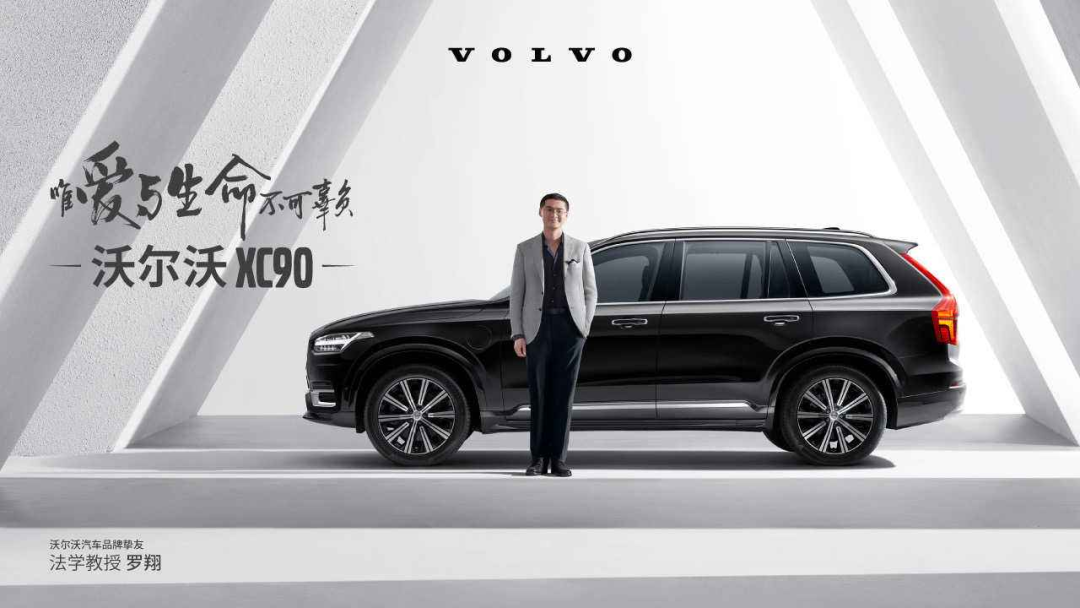
If FAW Audi’s Ingenious House wants to embody the image of brand elites and overall quality in more aspects, Volvo chooses spokespersons who better fit their own temperament to boost the brand’s marketing. Obviously, for brands like Volvo, choosing spokespersons who can highlight their brand temperament and convey their own brand requirements is the correct way to choose spokespersons.
Buying a car actually means buying value
If we carefully separate marketing into operation and communication, and the final end-sales, we’ll see that these three are actually closely related. Through communication and promotion, we can make the product strength and brand strength deeply ingrained in the minds of people, but ultimately, we still need to achieve the final blow through end-sales. In fact, I have previously stated that buying a car is not just about buying a product, but also about buying value.
Previously, Volvo’s brand value has always vacillated between luxury brands and high-discount brands. The advantage of doing so is that it allows more people to choose Volvo’s products, but the disadvantage is how to keep fluctuating end-sales prices without affecting the brand’s value, in order to continuously maintain Volvo’s brand value.
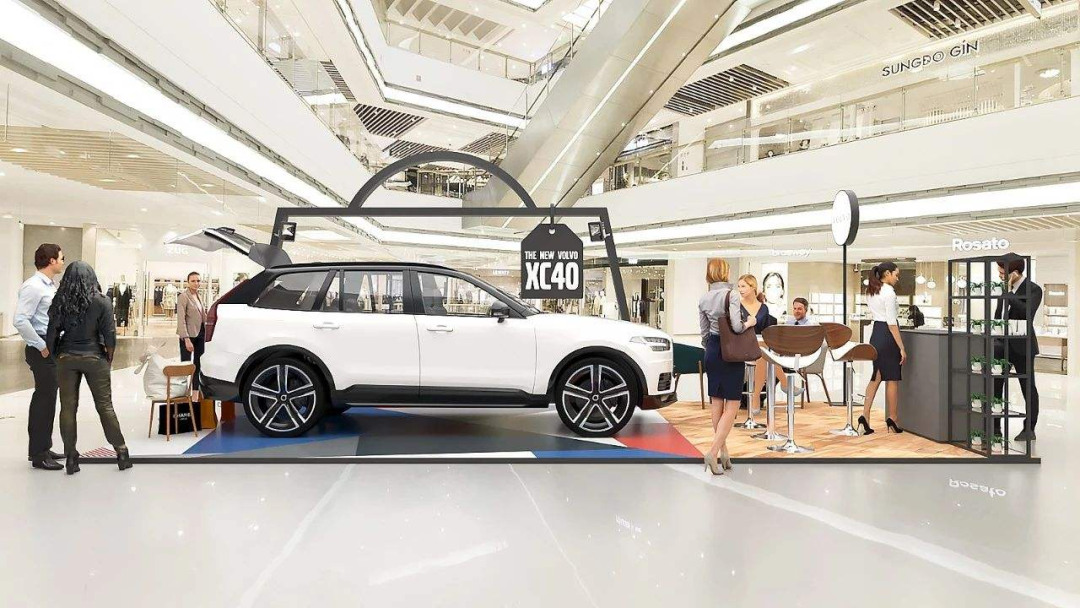
In this regard, Volvo started a new attempt in 2021. Using the Volvo electric vehicle T8 as a test case, it’s pushing for a direct sales model. By unifying pricing across a single regional market, it dissolves the pressure on dealerships to hold inventory, preventing price system breakdowns from discount dumping that may cause a dealership’s financial liquidity crisis.
At the same time, Volvo has also opened a separate electric vehicle sales area in 7 city center stores in Shanghai. Through a new sales channel for new energy vehicles outside of dealerships, while also upgrading the existing dealership network as a brand that is already very mature in traditional sales channels.
Liu Peng said in a recent interview: “By 2025, 50% of Volvo’s trend towards electrification will be electric vehicles, so we are trying both modes. We are also interested in communicating with any new sales concept.” But this does not mean that Volvo wants to rely on a new direct sales model and give up its long-standing partnerships with dealership partners.
In 2021, Volvo began to try to continuously promote the development of service process standards in its 289 nationwide dealerships; upgrading the service standards of dealers through training and positive incentives; and through the NEWBIE system based on big data, completely monitoring all after-sales behavior of dealerships and all vehicles returning to the factory in order to trace every car sold.Obviously, for each ordinary consumer, the spread and promotion they can see can only stimulate their desire to purchase car products, and more abundant store network options, more valuable value, and continuous upgraded services, are the decisive factors that truly make them make purchasing decisions.
This series of marketing changes have stabilized Volvo’s position in the rapidly changing 2021 car market and made some progress. Throughout last year, Volvo’s total sales in the mainland Chinese market exceeded 170,000 units.
Among them, XC60’s annual sales reached 65,036 units; in terms of new energy products, RECHARGE models grew 63.9% globally compared to the same period last year, accounting for 27% of global sales for the year, hitting a historical high. In the Chinese mainland market, RECHARGE models increased by 77% year-on-year in December and a whopping 96% year-on-year for the whole year.
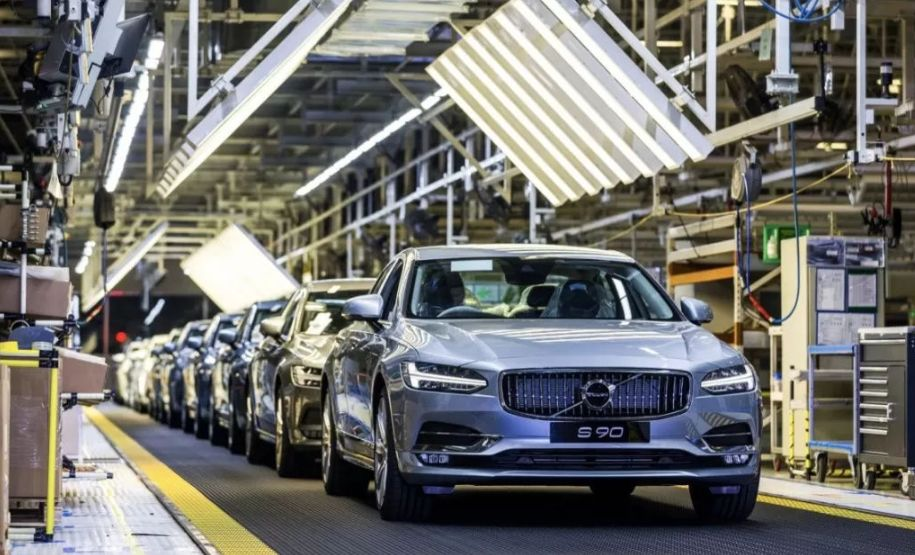
Of course, such marketing success can only be considered temporary. According to Liu Peng’s plan, Volvo will continue to launch more innovative communication methods in 2022 focusing on handling, electrification and other areas. Eventually, within the next two to three years, all the company’s product points will be communicated to consumers in a new way.
To a large extent, Volvo has already enabled its hard product points to step out of the category of safety alone through more creative and fun communication methods. For many consumers, the more powerful performance, and the more consistent value of Volvo, can obviously better stimulate their desire to purchase.
With the assistance of these new marketing tactics, the previously “heavy” Volvo has begun to become more and more light-footed and started to run.
This article is a translation by ChatGPT of a Chinese report from 42HOW. If you have any questions about it, please email bd@42how.com.
